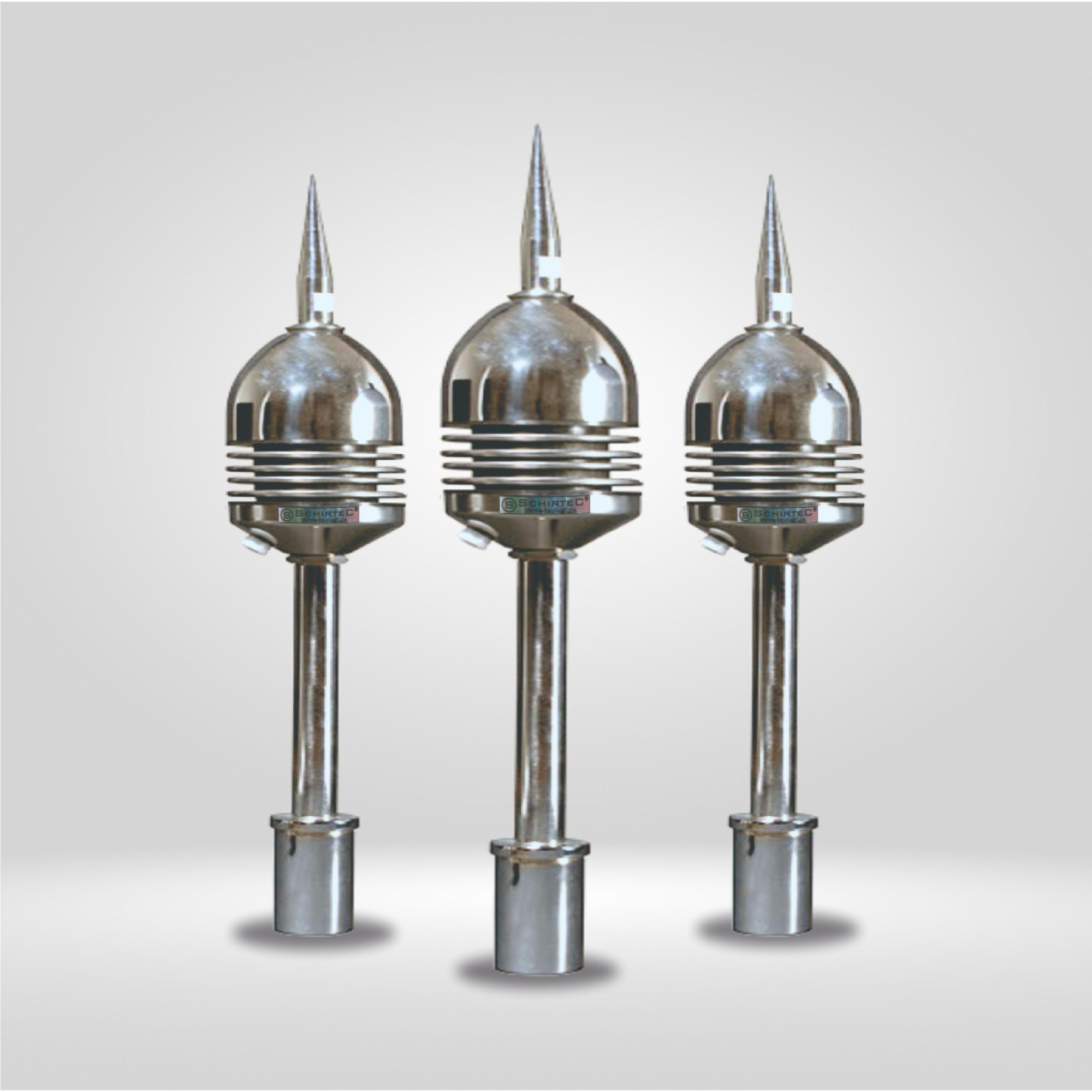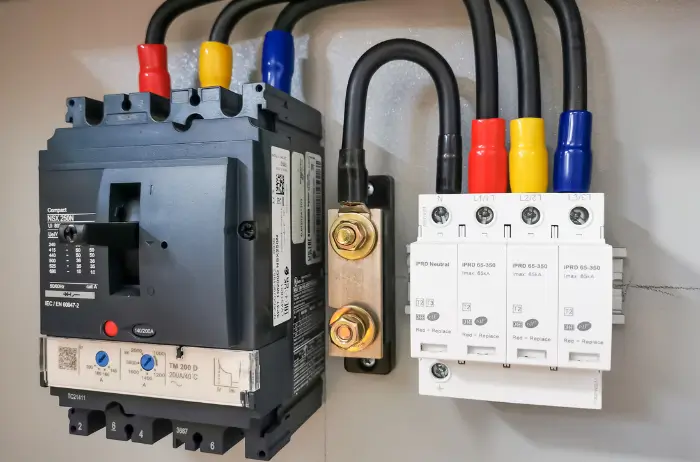The Ultimate Guide to Finding the Best Lightning Arrester Manufacturer

The Ultimate Guide to Finding the Best Lightning Arrester Manufacturer
When it comes to protecting infrastructure, buildings, and electrical systems from lightning strikes, selecting the right Lightning Arrester Manufacturer in Pune is crucial. Pune, being an industrial and commercial hub, has numerous manufacturers specializing in lightning protection solutions. However, with so many options available, finding the best one requires careful consideration.
This guide will walk you through everything you need to know about choosing the best lightning arrester manufacturer, key factors to consider, and how to ensure you get the best product for your needs.
What is a Lightning Arrester?
A lightning arrester is a device used to protect electrical equipment and buildings from voltage surges caused by lightning strikes. It works by diverting the excess voltage safely to the ground, preventing damage to sensitive electrical components. These devices are commonly installed on power lines, substations, industrial facilities, and commercial buildings.
Why Choosing the Right Manufacturer Matters
Selecting a reputable Lightning Arrester Manufacturer in Pune ensures you receive a high-quality, durable, and efficient product. A reliable manufacturer will offer products that meet safety standards, are tested for performance, and provide long-term protection against lightning-induced surges.
Key Factors to Consider When Choosing a Lightning Arrester Manufacturer
1. Industry Experience and Reputation
A well-established manufacturer with years of experience is more likely to provide high-quality products. Check the company’s history, customer reviews, and industry reputation. Look for testimonials, case studies, and references to ensure they have a track record of delivering reliable lightning protection solutions.
2. Compliance with Safety Standards
Ensure that the manufacturer complies with international and national safety standards such as IEC 62305, IEEE, IS 2309, and UL Standards. Compliance with these standards guarantees that the lightning arresters are tested for durability, efficiency, and safety.
3. Product Range and Customization
A good manufacturer should offer a variety of lightning protection products, including:
- Surge Arresters for electrical systems
- ESE (Early Streamer Emission) Lightning Arresters
- Conventional Lightning Rods
- Grounding & Earthing Systems
Additionally, manufacturers that offer customization based on your specific requirements can be a great advantage.
4. Quality of Materials Used
High-quality materials ensure durability and effective performance. The manufacturer should use copper, aluminum, and stainless steel components that are corrosion-resistant and capable of handling high voltages.
5. Testing and Certification
Reputable manufacturers test their products rigorously before market release. Ask about:
- High-voltage testing
- Impulse testing
- Environmental durability testing
Certification from regulatory authorities adds credibility to the manufacturer’s products.
6. Warranty and After-Sales Support
A good manufacturer should offer a warranty period on their products and have a responsive after-sales support team. Ensure that they provide installation guidance, technical assistance, and maintenance services if required.
7. Cost-Effectiveness
While price should not be the only deciding factor, it’s important to compare the cost with the features offered. A high-quality Lightning Arrester Manufacturers in Pune may have a higher initial cost but will provide long-term protection, reducing maintenance expenses.
8. Installation and Maintenance Services
Some manufacturers also offer installation and maintenance services, ensuring that the lightning arrester is set up correctly for optimal performance. Choosing a manufacturer that provides end-to-end solutions can save you time and effort.
How to Purchase the Right Lightning Arrester for Your Needs
1. Assess Your Requirements
Before purchasing a lightning arrester, determine:
- The size and type of building you need to protect.
- The level of lightning activity in your area.
- Your budget and maintenance preferences.
2. Consult with Experts
Many manufacturers provide free consultations to help you choose the right product. Consulting with experts ensures you get a tailored solution based on your location and structure type.
3. Compare Products and Prices
Get quotes from multiple Lightning Arrester Manufacturers in Pune to compare features, warranties, and pricing. Look for a balance between quality and affordability.




